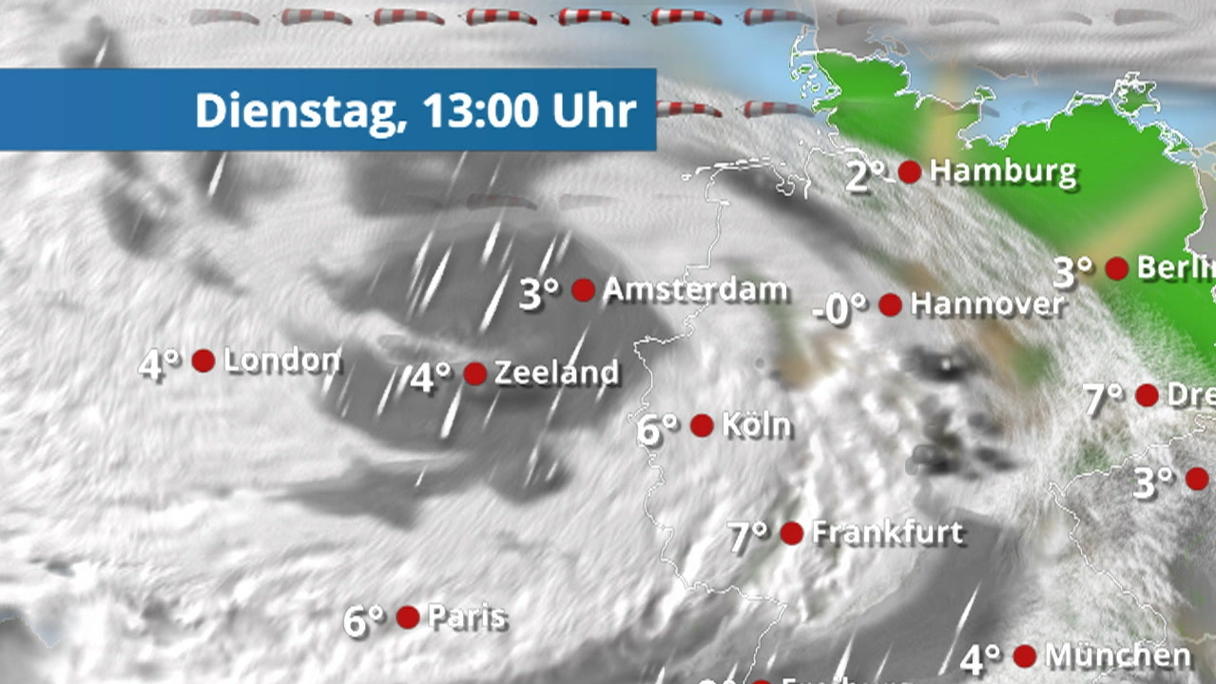

The occupation of the Ruhr from 1923-24 by French forces, due to the Weimar Republic's failure to continue paying reparations from World War I, provoked passive resistance, which saw production in the factories grind to a halt. The Ruhr area was Germany's primary industrial area during the early- to mid-20th century. Then the river marks the southern limit of the Ruhr area, passing Hagen, Dortmund, Herdecke, Wetter, Witten, Bochum, Hattingen, Essen, Mülheim, and Duisburg. The Ruhr first passes the towns of Meschede, Arnsberg, Wickede, Fröndenberg, Holzwickede, Iserlohn, and Schwerte. Thus, its discharge is, for example, comparable to that of the river Ems in Northern Germany or the River Thames in the United Kingdom. Its total length is 219 km (136 mi), its average discharge is 79 cubic metres per second (2,800 cu ft/s) at Mülheim near its mouth. It flows into the lower Rhine at an elevation of only 17 metres (56 ft) in the municipal area of Duisburg. The source of the Ruhr is near the town of Winterberg in the mountainous Sauerland region, at an elevation of approximately 670 metres (2,200 ft). The Ruhr valley near Bochum during a flood


 0 kommentar(er)
0 kommentar(er)
